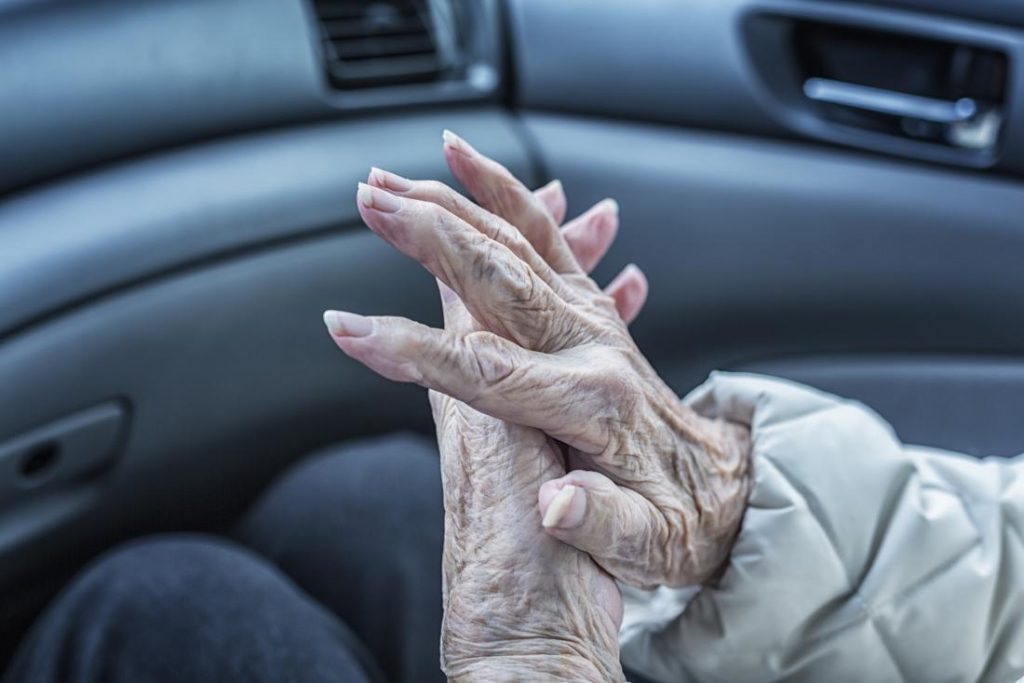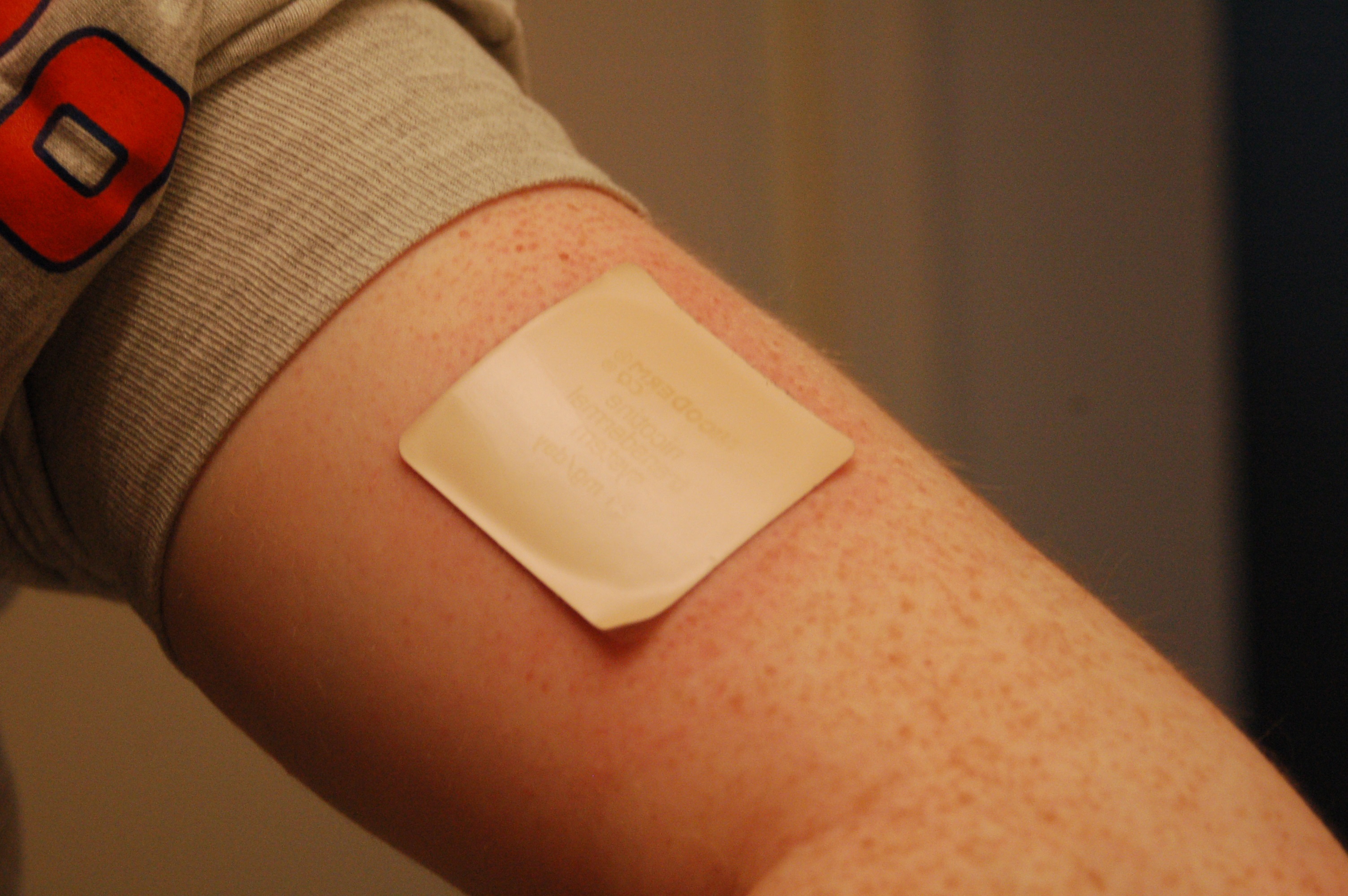Hypothermia is the drop in body temperature below 35ºC, at which point the body’s compensatory mechanisms to maintain body temperature begin to fail. Find out how to act.
The term hypothermia means low temperature. Although the body has defense mechanisms to maintain body heat, this heat production may be insufficient if it is very cold. So hypothermia is defined as the drop in body temperature below 35ºC, at which point the body’s compensatory mechanisms to maintain body temperature begin to fail. A drop of just two degrees in body temperature can affect the brain. If it goes lower, the victim may suffer a loss of consciousness and die.
Three types of hypothermia can be considered:
- Mild hypothermia: when the body temperature is between 33 and 35 ° C. The victim has tremors, mental dullness, and difficulty in movement.
- Moderate hypothermia: body temperature is between 30 and 33 ºC. There are disorientation, memory loss, and a state of semi-consciousness.
- Severe hypothermia: the temperature is below 28-30 ºC. There are symptoms such as loss of consciousness, low blood pressure, and a weak heartbeat.
Causes of hypothermia
Hypothermia can occur in any season of the year by accident. Some people are more susceptible to it, such as the elderly, malnourished people (Kwashiorkor, marasmus, hypoglycemia), or those who take certain medications. The most common causes of hypothermia are:
- Not protecting yourself enough or with adequate clothing in low temperatures.
- Immersion or fall in cold water, intentional or accidental.
- Wear wet clothes for a long time when it is windy or cold.
- Many calories are required to maintain body temperature, so exerting yourself or not eating enough food or drink in cold weather is another reason for hypothermia.
- Injuries affecting the central nervous system: some situations can affect the regions involved in thermoregulation, nullifying or altering thermogenesis mechanisms, such as ischemia, spinal cord injury, trauma, or infections.
Types of hypothermia according to its cause
Depending on the cause, the type of hypothermia seen varies:
- Gradual hypothermia: body temperature decreases progressively (inappropriate clothing, intense cold, and win).
- Acute hypothermia – Also called immersion hypothermia. It occurs when the loss of body heat happens rapidly and intensely, such as falling into cold waters.
- Silent hypothermia: it is gradual hypothermia by immersion. The person spends many hours immersed in cold waters, but the loss of heat is not sudden since they are wearing the appropriate equipment. This case can occur in divers, surfers, fishermen. The symptoms change concerning gradual hypothermia, exhaustion, and easy fatigue are observed.
Another type of hypothermia is not related to environmental exposure to cold but is due to a failure in the brain’s thermoregulatory mechanisms in the centers that control body temperature. These hypothermias can be secondary to various diseases such as hypothyroidism, kidney or liver failure, extensive burns, serious generalized infections, etc.
Hypothermia can also occur secondary to brain lesions, such as heart attacks or tumors, located in the hypothalamus, the center where the brain’s thermoregulatory centers are located.
Some hypothermias are associated with the use of medications, especially those that exert their effect on the brain, such as antidepressants, tranquilizers, antipsychotics, or others.
Finally, there are also cases of hypothermia after excessive consumption of drugs or alcohol. All these hypothermias are usually mild or at most moderate.
Hypothermia signs and symptoms
The hypothermia does not usually appear immediately, but so gradually that sometimes the victim does not become conscious of suffering it. As the body temperature falls, three phases are differentiated, each with a series of characteristic signs and symptoms :
- First phase: the first symptoms of hypothermia are the activation of the body’s defense mechanisms. The blood vessels in the furthest parts (hands, feet) contract. This happens so that less blood circulates in these areas since the loss of heat is very high, and the body’s objective is to keep the vital organs warm. Chills appear, goosebumps, caloric expenditure increases due to tremors, and increased respiratory and heart rates. The muscles of the hands and feet do not respond quite well.
- Second stage: the tremors and chills are more violent, the movements are slow and clumsy, and very evident incoordination is observed. The victim, although he appears alert, is pale. The lips, ears, and fingertips may turn blue.
- Third phase or deep phase: extreme difficulty moving, the skin turns blue, the tremors stop. The victim exhibits drowsiness, strange or irrational behavior, and mental confusion. The breathing and heartbeat slow down, become slow and weak. After a while, the vital organs begin to fail and stop, known as clinical death. In this state, the victim is not dead, as brain death still takes a few hours to occur.










